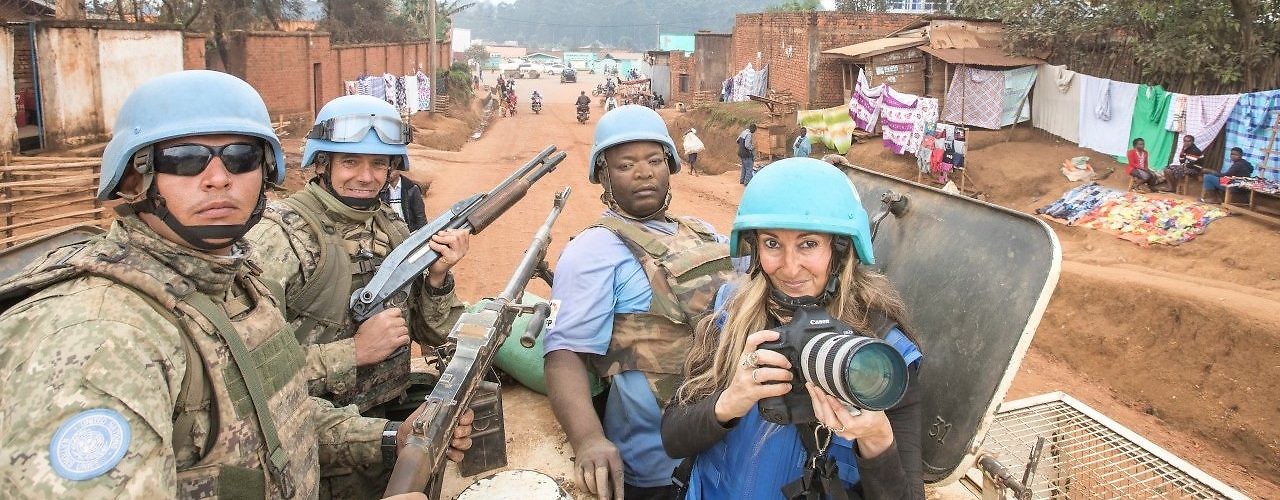UN peacekeepers from Uruguay serving with the UN Organization Stabilization Mission in the Democratic Republic of the Congo (MONUSCO) perform daily patrols on the Butembo-Kalunguta road in North Kivu, August 22, 2019. UN Photo.
The growing number of UN personnel deployed to missions in violent, volatile, and complex settings has pushed the UN to take all means necessary to improve the safety and security of its staff and of civilians under its protection. The UN’s Peacekeeping-Intelligence Policy, which was first developed in 2017 and later revised in 2019, has been a central part of these efforts.
This paper outlines the difficulties of creating and implementing this policy. It addresses the origin and evolution of UN peacekeeping-intelligence as a concept and explains the need for this policy. It then discusses how peacekeeping-intelligence was and is being developed, including the challenge of creating guidelines and trainings that are both general enough to apply across the UN and flexible enough to adapt to different missions. Finally, it analyzes challenges the UN has faced in implementing this policy, from difficulties with coordination and data management to the lack of a sufficient gender lens. The paper recommends a number of actions for UN headquarters, peace operations, and member states in order to address these challenges:
- Optimize tasking and information sharing within missions by focusing on senior leaders’ information needs;
- Harmonize the content of peacekeeping-intelligence handbooks with standard operating procedures while ensuring they are flexible enough to account for differences among and between missions;
- Refine criteria for recruiting civilian and uniformed personnel with intelligence expertise and better assign personnel once they are deployed;
- Improve retention of peacekeeping-intelligence personnel and encourage member states to agree to longer-term deployments;
- Tailor peacekeeping-intelligence training to the needs of missions while clarifying a standard set of UN norms;
- Apply a gender lens to UN peacekeeping-intelligence;
- Improve coordination between headquarters and field sites within missions by adapting the tempo and timing of tasking and creating integrated information-sharing cells; and
- Establish common sharing platforms within missions.








